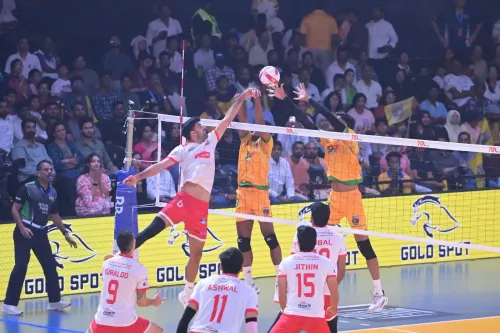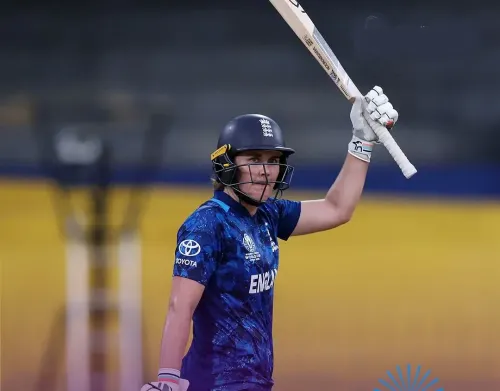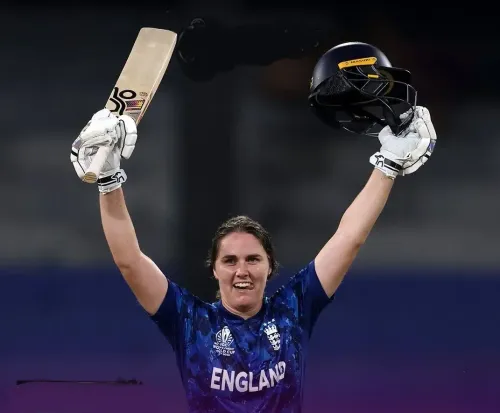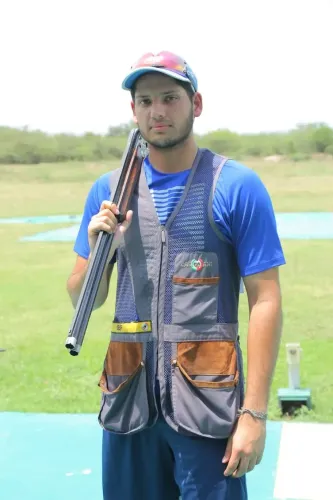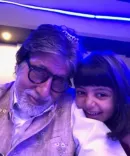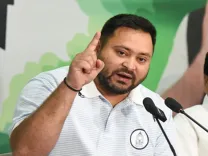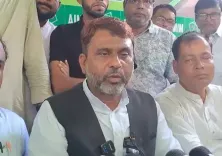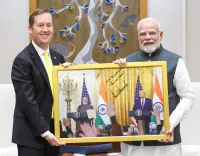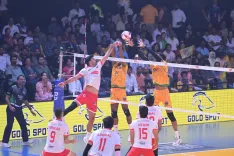How Did the Indian Men’s Hockey Team Experience a Unique Chess Masterclass with Prachura P Padakannaya?
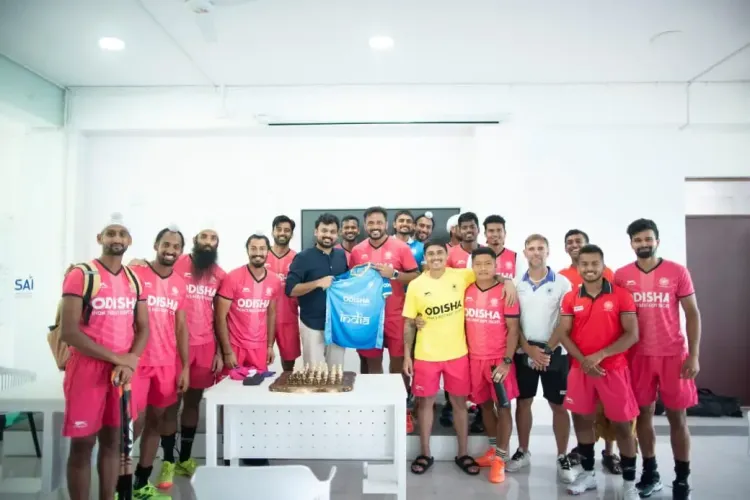
Synopsis
Key Takeaways
- Enhanced decision-making skills
- Understanding strategic thinking
- Drawing parallels between chess and hockey
- Importance of mental discipline
- Promoting teamwork and engagement
Bengaluru, Oct 11 (NationPress) - In an unprecedented initiative, the Indian men’s hockey team, which has clinched the Olympic bronze medal twice, participated in a remarkable chess masterclass led by former international chess player and co-owner Prachura P Padakannaya at the Sports Authority of India (SAI) campus in Bengaluru.
The objective of this session was to aid players in enhancing their clarity of thought and decision-making skills by drawing parallels between chess and hockey. Prachura highlighted how key chess principles like planning, anticipation, positioning, and patience can be effectively translated onto the hockey field. Through video examples from genuine game scenarios, he illustrated the significance of foresight, calculated risks, and mental discipline in the realm of competitive sports.
During the class, Prachura delineated the three essential phases of chess: the opening, middle game, and endgame. He explained that the opening is akin to making the right initial moves to establish a robust foundation, similar to how a hockey team aims for a solid start. The middle game, where crucial battles are fought, was equated to the significance of midfield control in hockey for successful offensive plays. Lastly, the endgame, where precision and psychological fortitude dictate the outcome, was likened to a striker concluding a play in hockey.
Prachura showcased highlights from India's Bronze-medal performance at the Tokyo Olympics, describing it as the perfect endgame where the Indian team maintained their composure to preserve a 5-4 lead against Germany, even with their opponents securing a penalty corner in the last six seconds of the match.
He further elaborated on the roles of various chess pieces, correlating them with hockey positions: pawns as the primary defense line, rooks and bishops as structural elements, knights executing unexpected tactics, and the queen representing versatility and strength.
Reflecting on his engagement with the team, Prachura remarked, “The evolution in both sports is remarkably similar. My experience here was exceptional as I didn’t anticipate their level of curiosity and engagement during a chess session. They were eager to learn about various chess formats, the need to think several moves ahead, and found it amusing to see Gukesh’s calm demeanor during his recent match against Hikaru.
Before the session commenced, the players were lively in conversation, discussing their off-field activities and leisure pursuits. It was delightful to discover that at least half the team had played chess with family or teammates before. This was an enriching experience and a joy to connect with the country’s top athletes.”
To make the session more enjoyable, Prachura invited the players for a friendly chess match, with Indian midfielder Vivek Sagar Prasad being the first to step up for the challenge. He partnered with Captain Harmanpreet Singh, who enjoys playing chess with his wife during his breaks. The rest of the team rallied behind the duo.
Vivek commented, “This chess masterclass was incredibly insightful, and we appreciate Prachura for making it engaging by linking it to our sport. It was a valuable learning experience; while in hockey we think two to three moves ahead, in chess they consider seven to eight moves, which is something I aim to develop in my game.”
Connecting chess to his hockey role, he stated, “On the chessboard, I view myself as both the knight and the queen. The knight’s unpredictability and the queen’s ability to move freely mirror my role as a midfielder. I traverse the field, contributing from attack to defense, stepping in wherever needed.”
In agreement, Harmanpreet added, “As elite athletes, we continuously find new lessons from other sports. Today we learned various new aspects of chess, and such engaging sessions will certainly enhance our holistic approach to the game and foster diverse thinking.”
The head coach of the Indian men’s hockey team, Craig Fulton, commended the initiative, stating, “Every sport involves strategy, and chess is one of the best methods to learn to think several steps ahead. In hockey, starting with the wrong setup can lead to mistakes; it’s crucial to establish a solid foundation, adapt during the game, and finish strong. The connection between chess and hockey was evident today. I was pleased to see how engaged the players were, and I believe sessions like this will sharpen their decision-making skills and keep them constructively occupied in their free time. Perhaps we’ll even organize an intra-squad chess tournament someday.”

